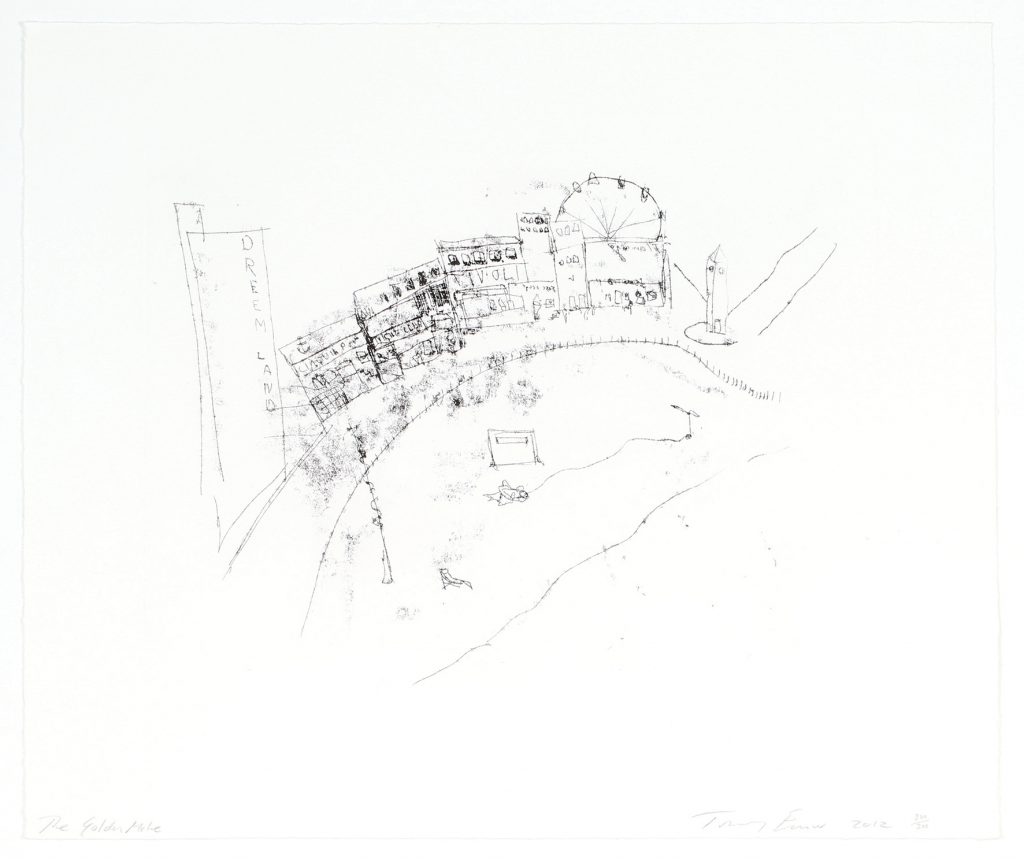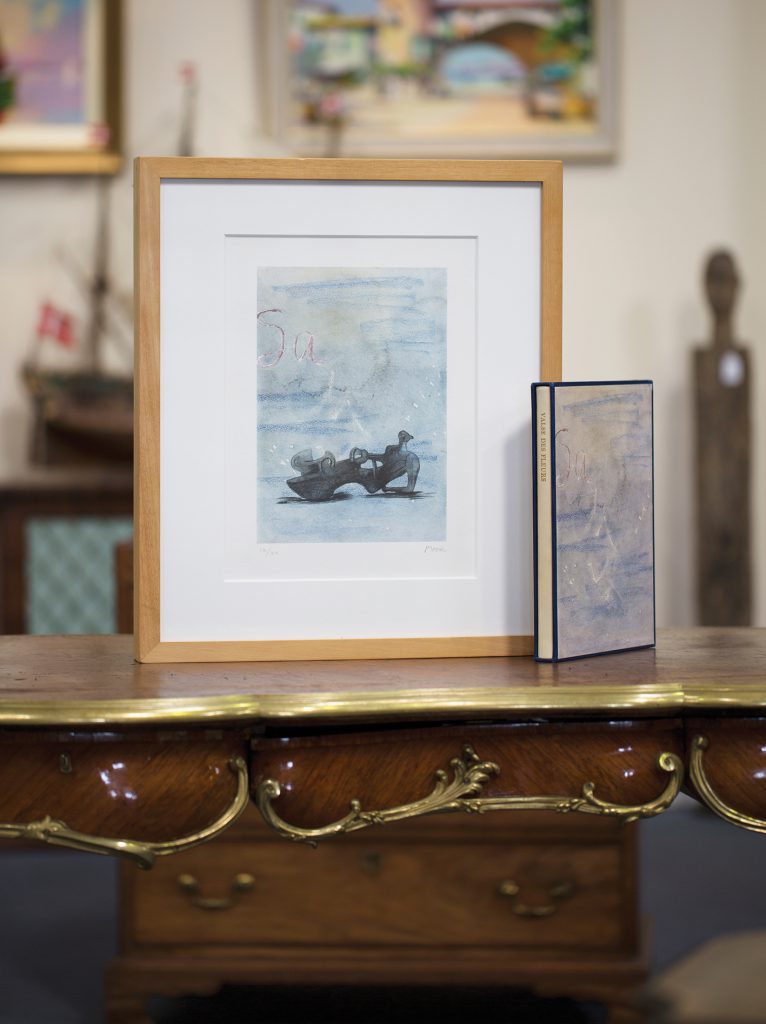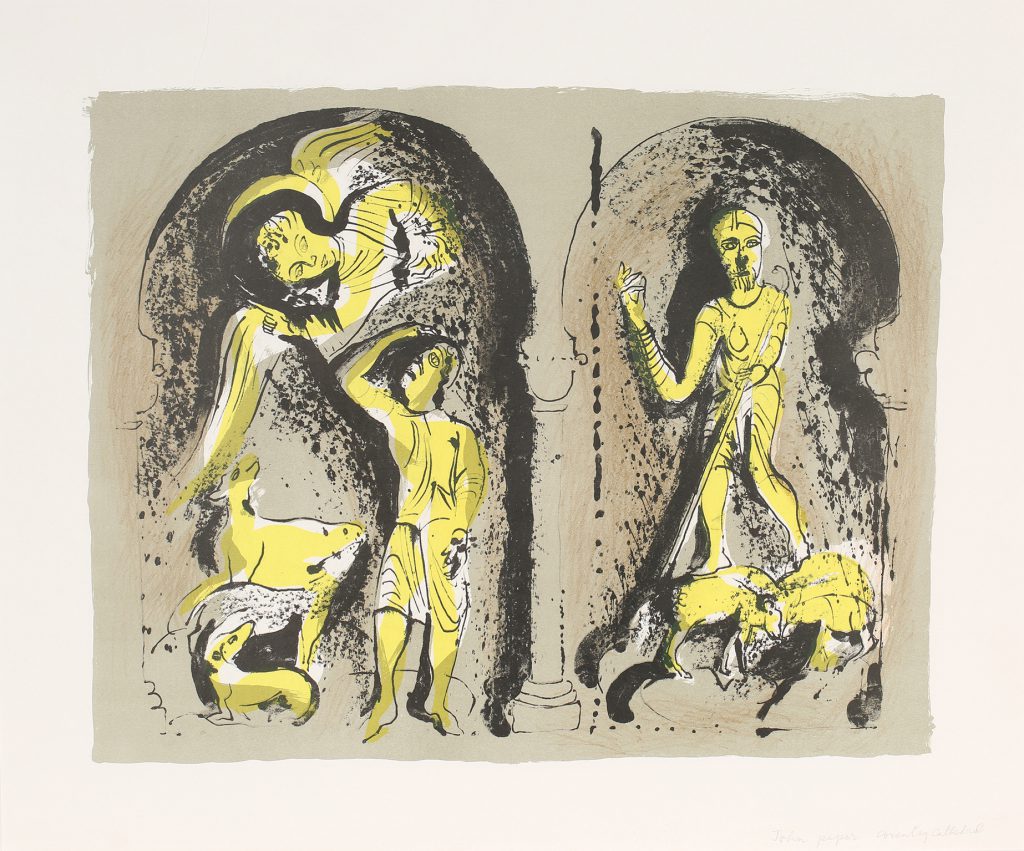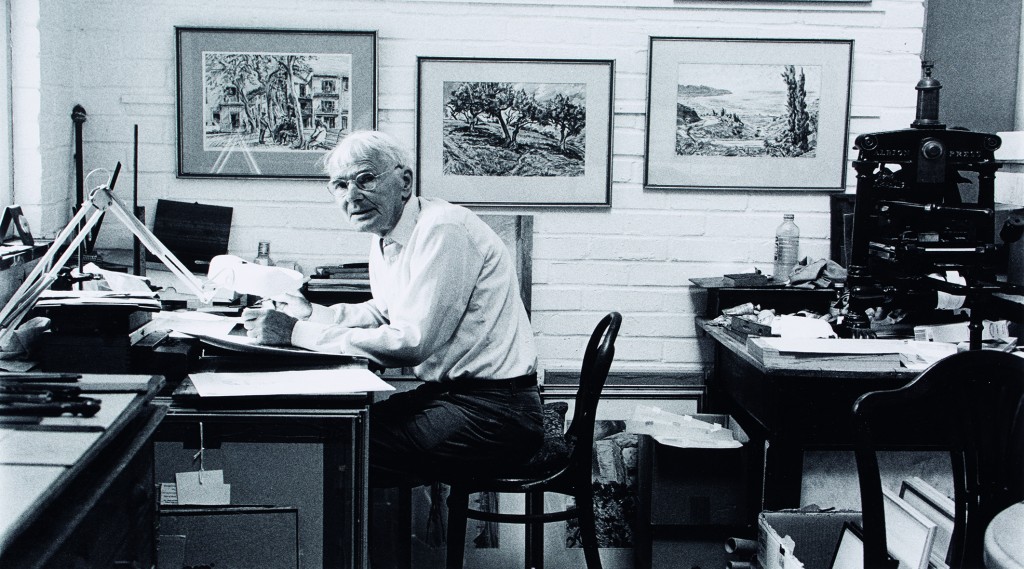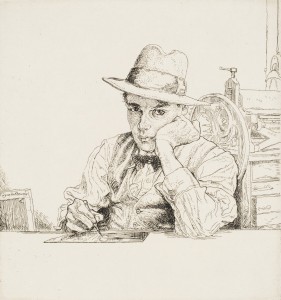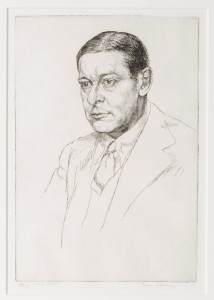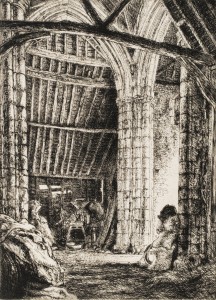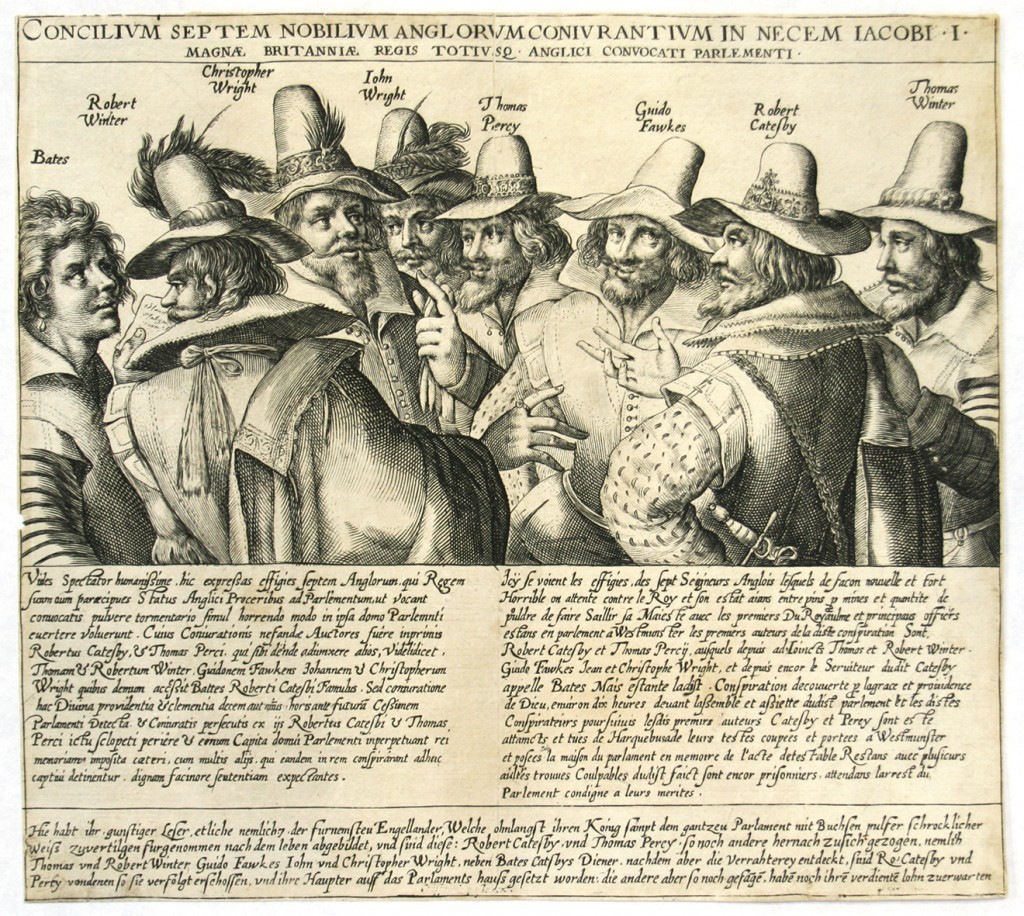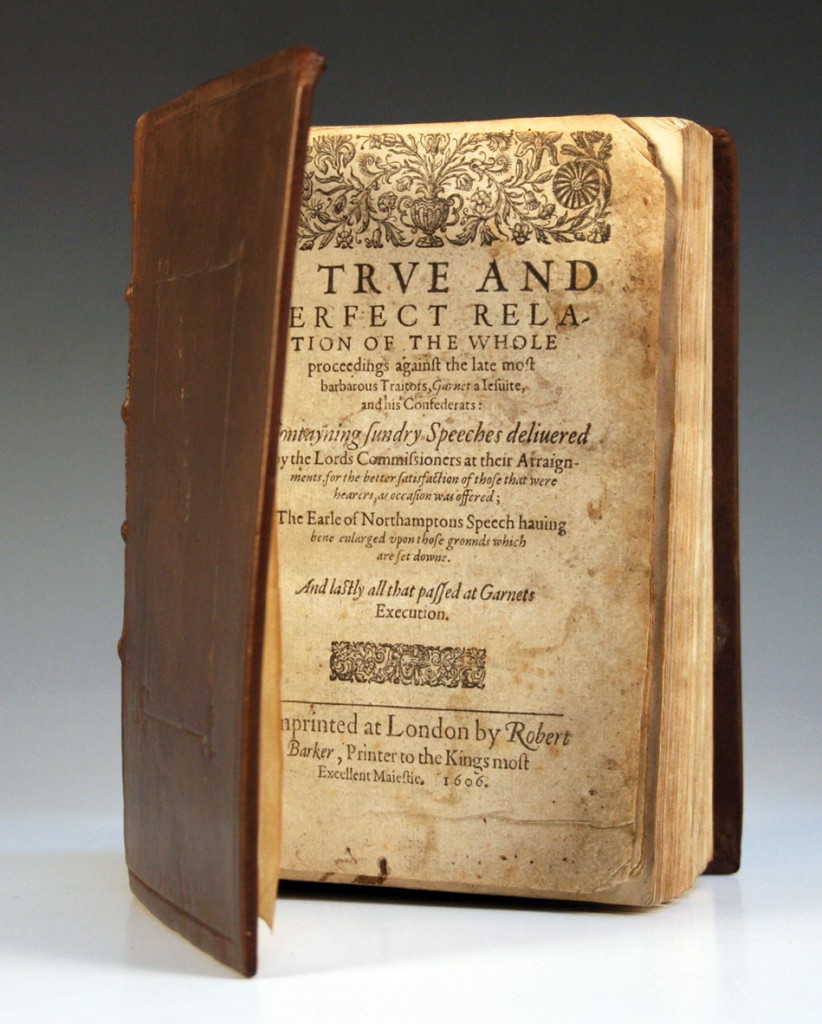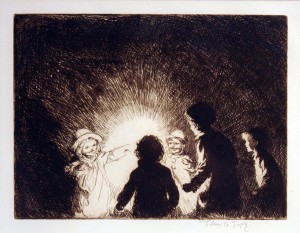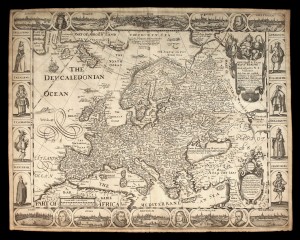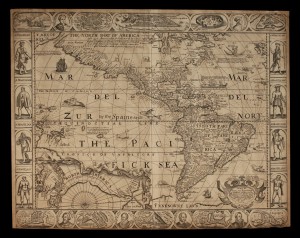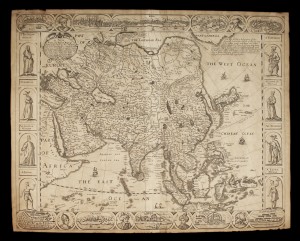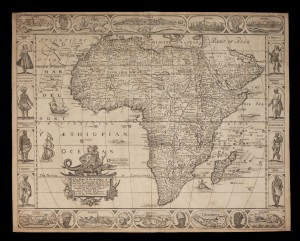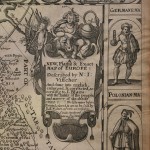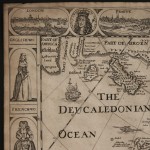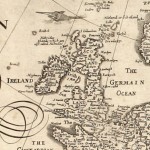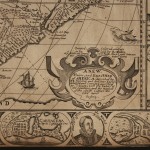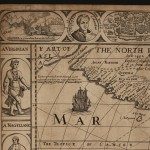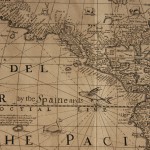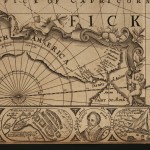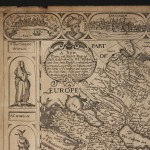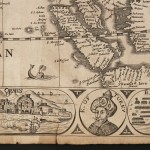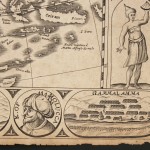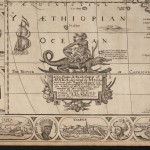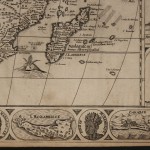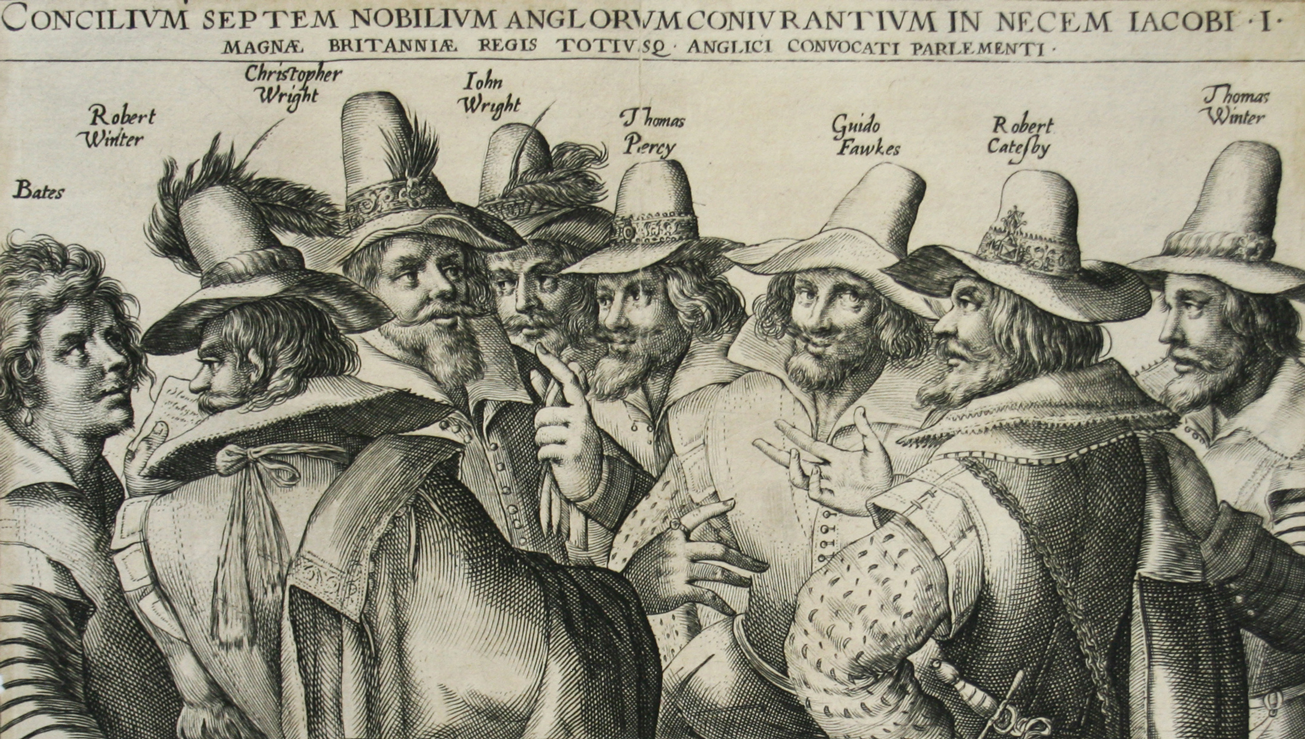
As Bonfire Night approaches many of us are looking forward to the spectacle of sparkling light, whizzes, pops and bangs, drifting smoke and the smell of gunpowder on a cold, still November night. But amidst our excitement it is easy to forget that fireworks on Bonfire Night commemorate a particularly bloody and turbulent time in our island’s history.
The Gunpowder Plot of 1605 was an attempt by provincial, English Roman Catholics to blow up the House of Lords during the State Opening of Parliament, in order to assassinate James I of England (VI of Scotland) and install his nine-year-old daughter, Princess Elizabeth, on the throne as a Roman Catholic head of state. The plot, led by Robert Catesby, was revealed by means of an anonymous letter. Famously, Guy Fawkes was discovered with thirty-six barrels of gunpowder during a search of the House of Lords at midnight on 4th November 1605. He and his seven surviving accomplices were tortured, tried for and convicted of high treason and sentenced to death by being hung, drawn and quartered.
The print shown here was published around 1605 by a leading Dutch printmaker, Crispijn van de Passe the Elder, and shows eight of the thirteen conspirators, including Guy Fawkes. It is an extraordinary depiction of some of those involved, giving life to this particular moment in history.
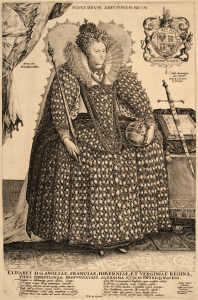
In contrast the 1603 engraving of Elizabeth I by Isaac Oliver speaks of a different moment in history. The qualities of tolerance and fairness were seeded, though not perfected, during the reign of Elizabeth I (1533-1603). There had been much conflict and bloodshed after Henry VIII’s break with Rome as Roman Catholics and Protestants each sought to establish their authority and particular understandings of the Christian faith in England.
Elizabeth I came to the throne in 1558. Her first aim was to return England to the Protestant faith. What she and her advisors created was a church which was, and remains, both Catholic and Reformed.
The Act of Supremacy of 1558 established Elizabeth as Supreme Governor of the Church of England. In the same year the Act of Uniformity was passed by a narrow majority in Parliament. It required the population to attend an Anglican church each Sunday. In addition it specified that a new version of the Book of Common Prayer be used.
After Parliament had been dismissed a series of Royal Injunctions were courageously passed by Elizabeth I in 1559. The result of this was that the wording of the liturgy for Holy Communion remained open to a variety of interpretations. This allowed Christians holding differing understandings of the nature of the consecrated bread and wine to receive this sacrament with integrity in the privacy of their own hearts. Elizabeth famously declared that she did not wish to “make windows into men’s souls” on the basis that “there is only one Jesus Christ and all the rest is a dispute over trifles”.
The shadow of history often has much to say to our own times.
Elizabeth I’s pragmatic and courageous qualities of compromise, tolerance and ambiguity have blessed our nation and our Church. It is my prayer that we will allow these qualities to remain central to our continued, shared national story – our common narrative.
By Rupert Toovey, a senior director of Toovey’s, the leading fine art auction house in West Sussex, based on the A24 at Washington. Originally published in the West Sussex Gazette.
